Wind power generation in Zimbabwe dates back to the 1970s when farmers were setting up wind farms to power their irrigation schemes and other operations at their sprawling ranches.
After independence, wind power generation died down as the government sought to broaden the accessibility of basic needs like electricity in and around the whole country and wind power could not compete with thermal and hydropower produced in Hwange and Kariba respectively.
However, after years of being perceived as a first-world country preoccupation and ignored by third-world countries, the green initiative is now being embraced by a lot of people bringing back wind power generation into the limelight.
The conversation has rightfully shifted to comparatively non-conventional energy sources which are at once emissions-free and clean. Researchers looking into the potential of wind energy in Zimbabwe have concluded that the wind speeds experienced in Zimbabwe are more or less ideal for generating electricity.
Studies and observations conducted over long periods have also shown that more electricity could be generated in the Eastern and Southern areas of Zimbabwe where winds blow at 4-6m/s on average.
With people enduring long hours of load shedding due to a myriad of factors ranging from increased demand for electricity to lower water levels at Kariba, setting up small residential wind electric power stations could come in handy.
A combination of that and the exponential depletion of fossil fuel reserves has prompted the switch to renewables which brings wind power generation into play.
How does a wind turbine generate electricity?

Simply put, a wind turbine is just the opposite of a fan. Whereas a fan uses electric energy to produce wind, a wind turbine converts the kinetic energy in wind into electricity.
Since the amount of energy a turbine will produce is determined primarily by the diameter of its rotor, modern wind turbine blades are now aerodynamically designed to capture the maximum energy from the wind. Even a light breeze is enough to turn the turbines.
A wind turbine turns wind energy into electricity using the aerodynamic force from the rotor blades. When wind flows across the blade the air pressure on one side of the blade decreases. The difference in air pressure across the two sides of the blade creates both lift and drag. The force of the lift is stronger than the drag and this causes the rotor to spin. The rotor connects to the generator directly or through a shaft and a series of gears that speed up the rotation and allow for a physically smaller generator. It is finally this translation of aerodynamic force to the rotation of a generator that creates electricity.
Wind electric systems also require additional equipment to condition the electricity produced by the turbine, transmit the electricity to the load that will use it and store the electricity for future use when the system is not efficiently functioning.
Typical extra equipment for a small wind electric system includes wiring, switches, batteries, inverters, meters, power conditioners, safety equipment and instrumentation. A small wind electric system set up is a sensible and considerate investment in the wake of climate change.
Again, since natural resources like wind and sun are not as predictable, a hybrid system of both a solar power station and a wind power station would be perfect when envisioning an uninterrupted clean power supply.
Text by Farai Chaka

